Body Architecture workshop offered a set of techniques and methodologies to create PostNatural Bodies and adaptable wearables. The workshop dealt with the potential of creating unique wearables for various natural and artificial settings that respond to future trends. Within small groups, participants learned to develop their own projects inspired by case studies developed throughout human history to adapt to hostile environments or the contemporary and fictional examples of body transformation.
Filippo Nassetti opened the workshop with a discussion of the concept of body architecture and that the distinction between digital and physical is considerably vague these days. In the first place, he demonstrated the impact of human activity on Earth through a photo series of the world. Additionally, he provided the tools that can be used to visualize the world or create an image.
If you are interested in designing wearables at the intersection of natural, human, and digital realms, you can register to Body Architecture and watch the recordings of the workshop.
Then, he went through the underlying ideas of his company, MHOX, a European-funded business involving 3d printing and product customization for the human body, which expanded its scope to include a variety of scales and applications. He started by showcasing the projects such as the COLLAGENE Masks produced using 3dprinting and wind form materials. It was the first project in which they could fully develop the concepts behind the PostNatural Bodies, and the fibrous formation served as inspiration for the project.
Secondly, the digital representation approaches of the human body were provided. Three representations were discussed mainly: working directly with Kinect, Intel REALSENSE Depth camera as the open-ended tool that enables 3dscanning any pose and any person by its wide degree cameras, or creating the predefined model of the body by a software called Make human.
Subsequently, the grasshopper 3D workflow was delivered to present the techniques used to create the Masks. Filippo works explicitly with the Shortest Walk Algorithm to draw connections onto the digital grids; and then turns them into 3d shapes of fibrous morphologies and expands them to complicated grids with a higher number of connections.
In the following weeks, he delved into the main steps of designing the SUPERABUNDANCE Mask as an instance for PostNatural Bodies. To control the fibrous system, he benefited from Voronoi grids that fit into a mesh geometry of any shape and handle the fibrous created within a Voronoi. Besides, he demonstrated the reinterpretation of specific landscape formations such as erosion and Karst landscape computationally. Therefore, the next step was producing images algorithmically and turning them into different 3dimensional shapes and fabrication forms.
Although it was not an easy feat, Filippo Nassetti succeeded in keeping all the students alive and active till the last day of the studio workshop. The workshop’s highlights were various remarkable projects, and you can find some instances below.
Robert Weaver
Robert aimed to merge the internal components of natural biometric data with the external biological processes of the world we live in. He imagined a future where healthcare would become more decentralized by incorporating technology into the design process. He focused on an air-purifying iteration by boosting accurate data visualization for the user, providing haptic feedback, and bio-sensing.
Jorge Rodriguez, Yurui Xie
The team got inspired by a fictional story about human interplanetary travel in the future and how humanity would overcome the associated challenges. They benefited from the concept of symbiosis to create a bioengineering device to boost human capacities. They envisioned a reciprocal interaction between the skin and the mask. For instance, the object’s surface area could be increased for better efficiency of material computation.
Sebastiano Carella, Raneem salman
The team focused on the primary sources of air pollution in cities and developed a microalgae wearable to clean the air and reduce CO2 levels. Due to the exceptional properties of algae, it can be used in carbon sequestering processes in our clothes. In the design, the Carbon dioxide entering the pipes is converted to oxygen by algae and then pushed out the top of the mask for breathing.
Jiwon Park, Jusang Lee
The team believed that by applying body architecture to the glasses, people would pick the most appropriate type of UV glasses for each area of their lives. They got inspired by the dragonfly’s visual system, and they parameterized the variables that would determine the geometry of the UV glasses. Their design aimed to overcome human limitations and accelerate human reactions with a process of detect-transmit-respond in terms of visualization and motion.
Lionel Wong
Lionel delivered a biome-focused design that picks the context of the design itself. He considered new strategies to survive in future environments vulnerable to climate change and rising sea levels. His design process involved considering the factors that can support the human body in the underwater habitat based on symbiosis, balanced harmony, cyber organisms, and constructed environments.
Parisa Ahmadpour
Parisa’s inspiration originates from a real-life experience of a repetitive strain injury. She designed an assistive glove to improve the capability of both healthy people and those with muscular weaknesses. Keeping the worn section as a light suit, reducing accidental interference with the wearer’s natural biomechanics, and not confining the wearer’s joints by stiff external components, the project offers a more synergistic connection besides numerous benefits over typical exoskeletons.
Manuela Ihan, Maria Josefina de Paul
The team started by defining the fact that we, as individuals, have a bubble that determines our comfort zone in various scenarios. Their concept was to translate this bubble idea to the daily contexts. So the team intended to develop a suit to materialize human bubbles as protective armor clothing.
Lastly, if you are interested in designing wearables at the intersection of natural, human, and digital realms, you can register to Body Architecture and watch the recordings of the workshop.




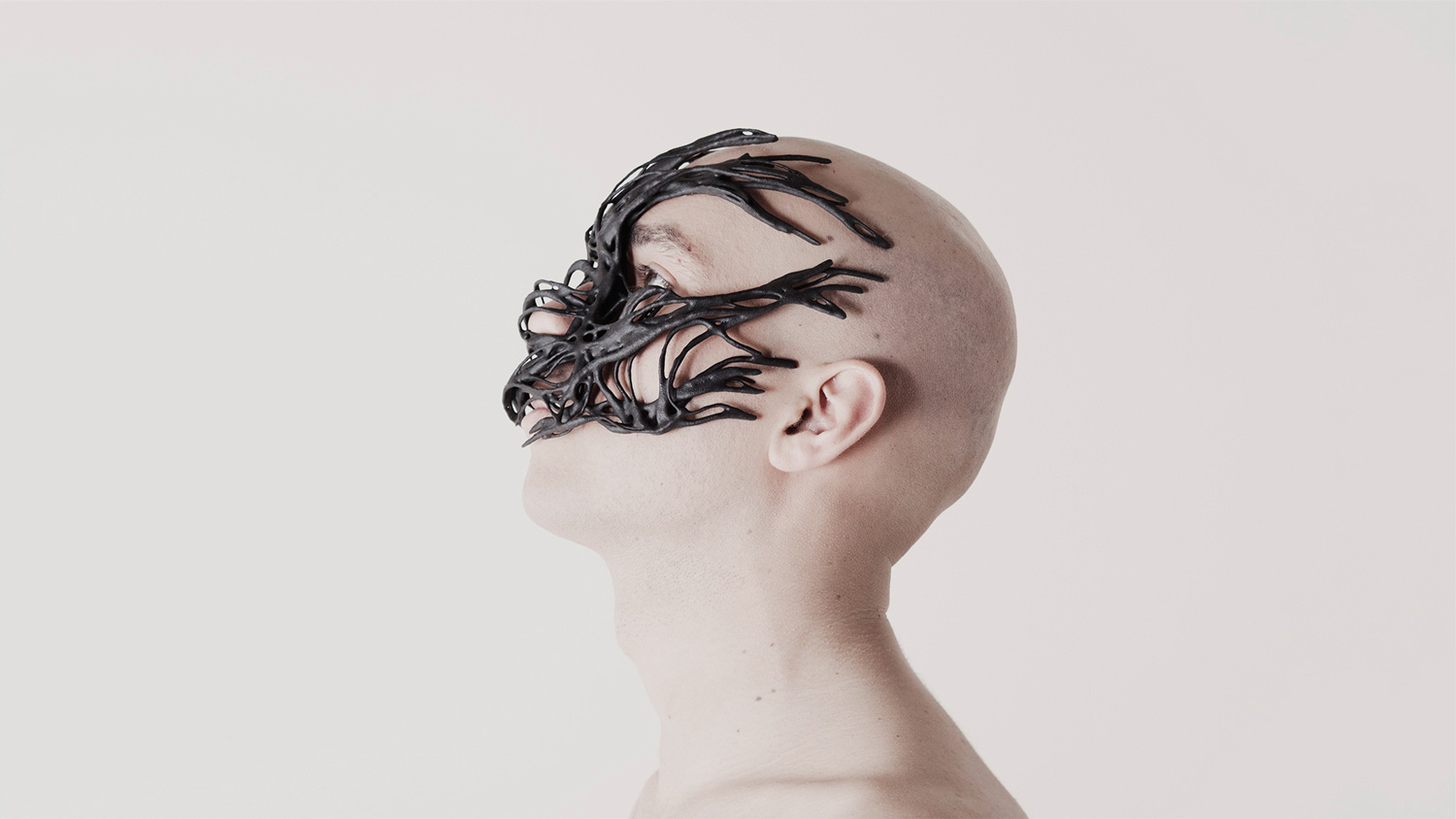
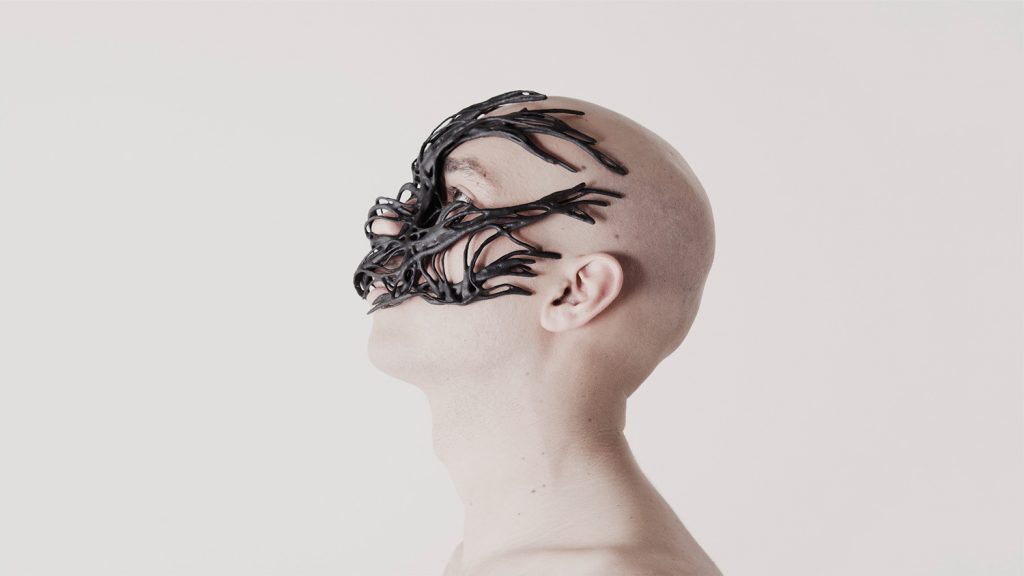
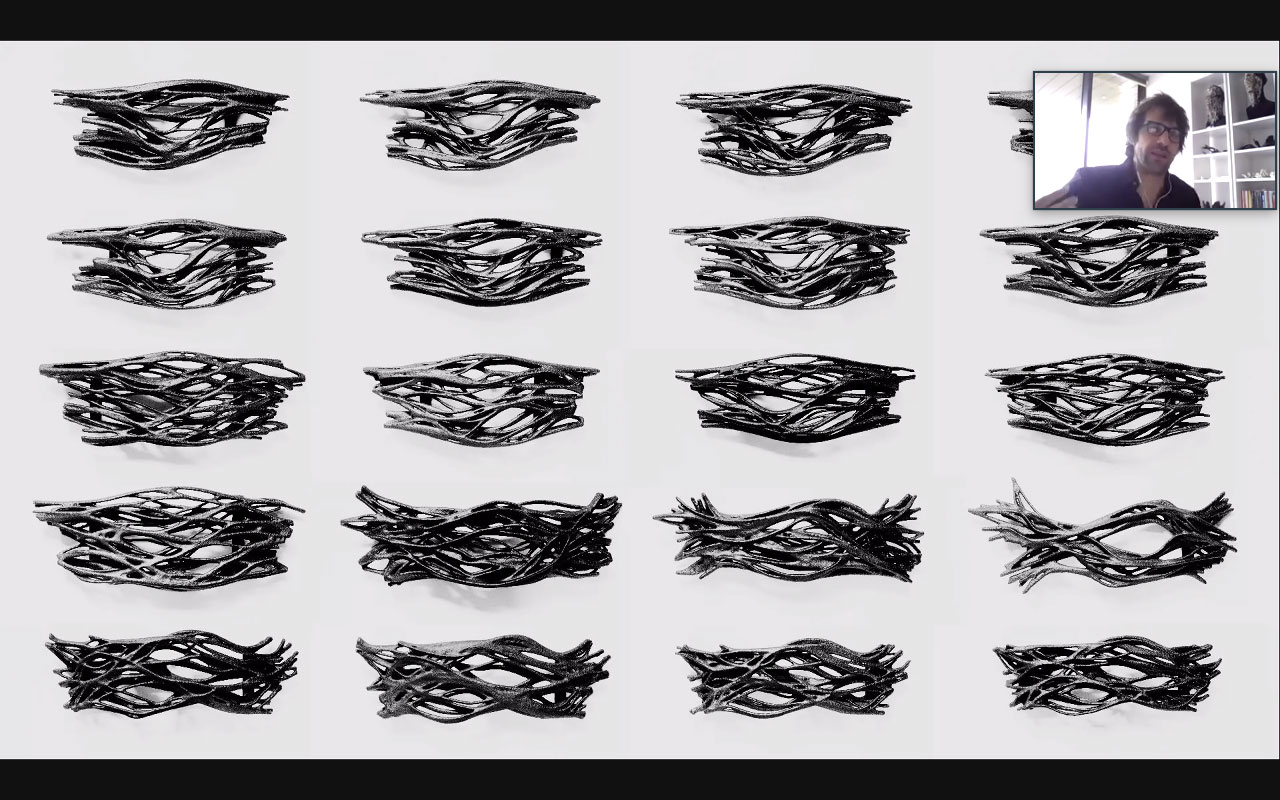
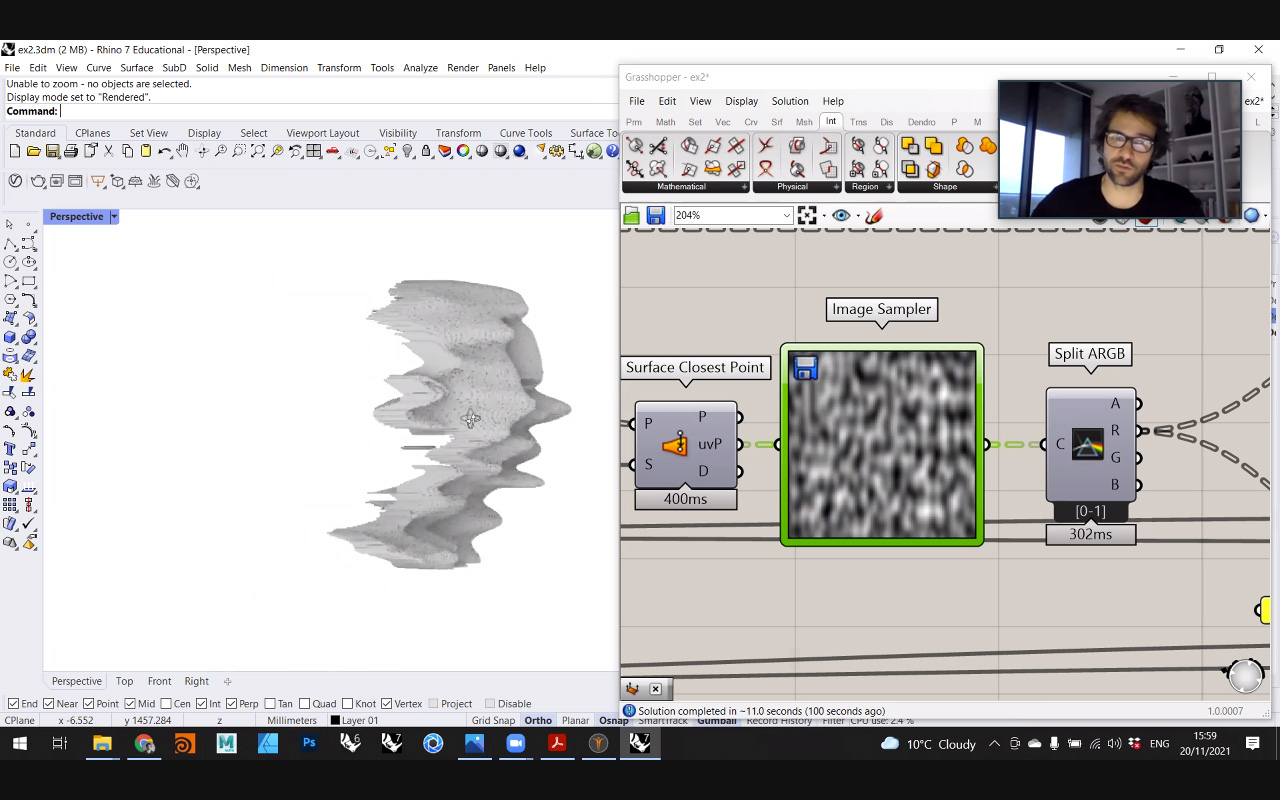
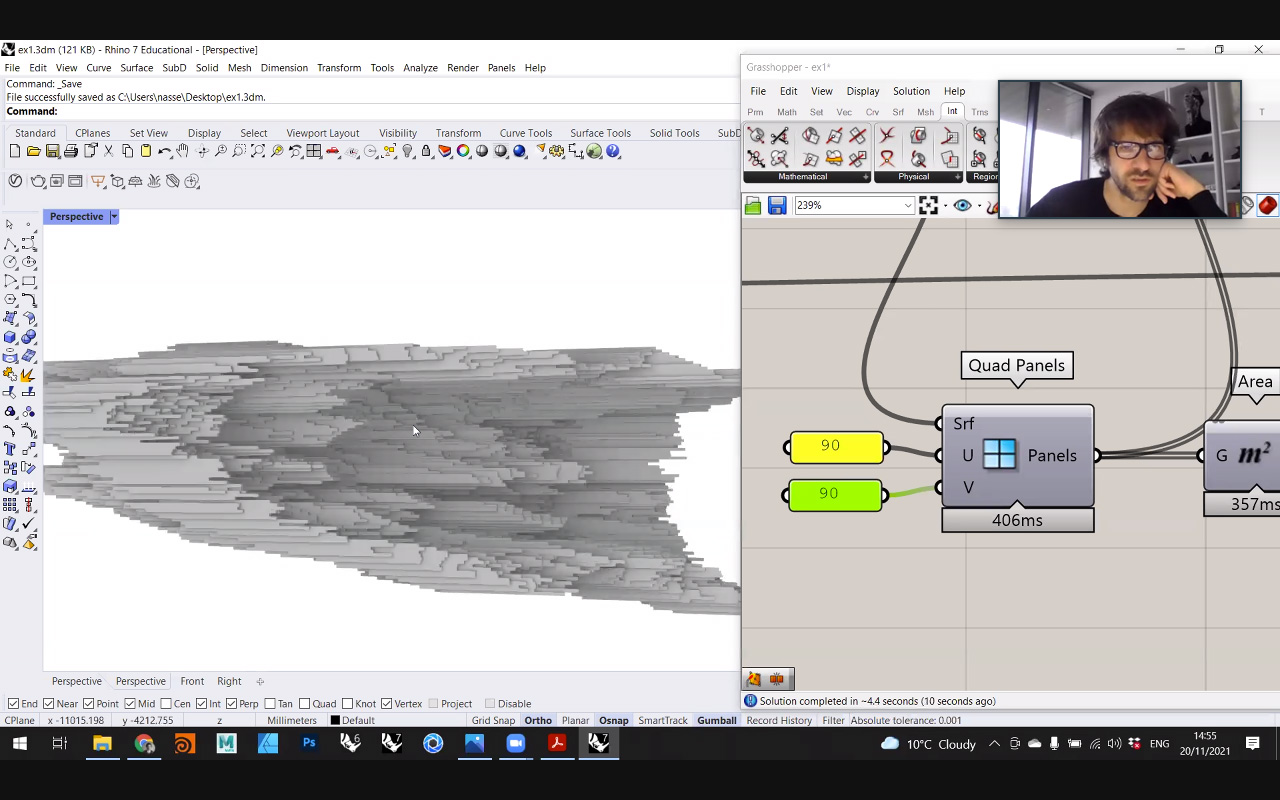
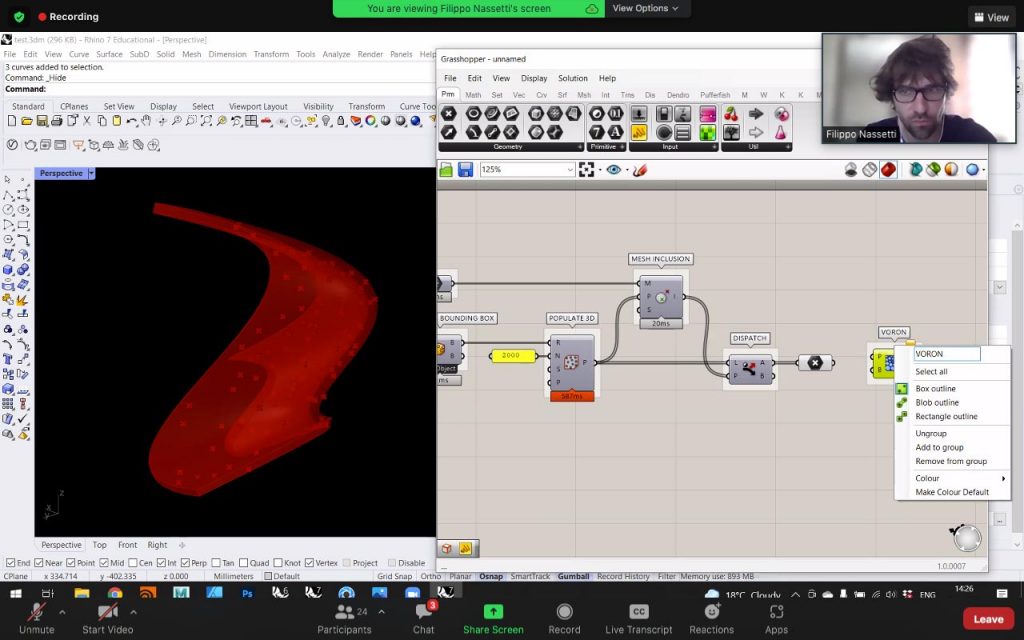
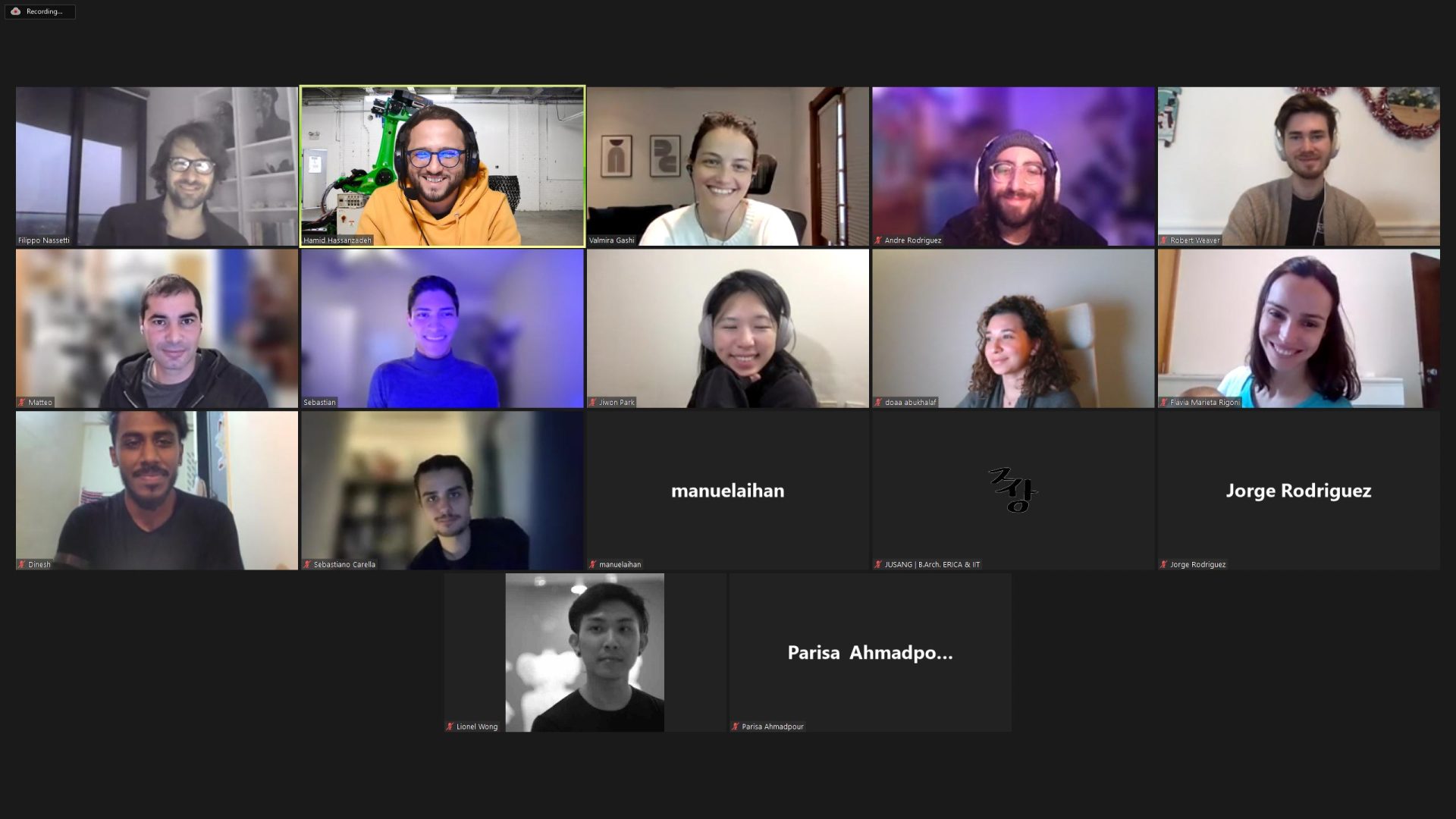
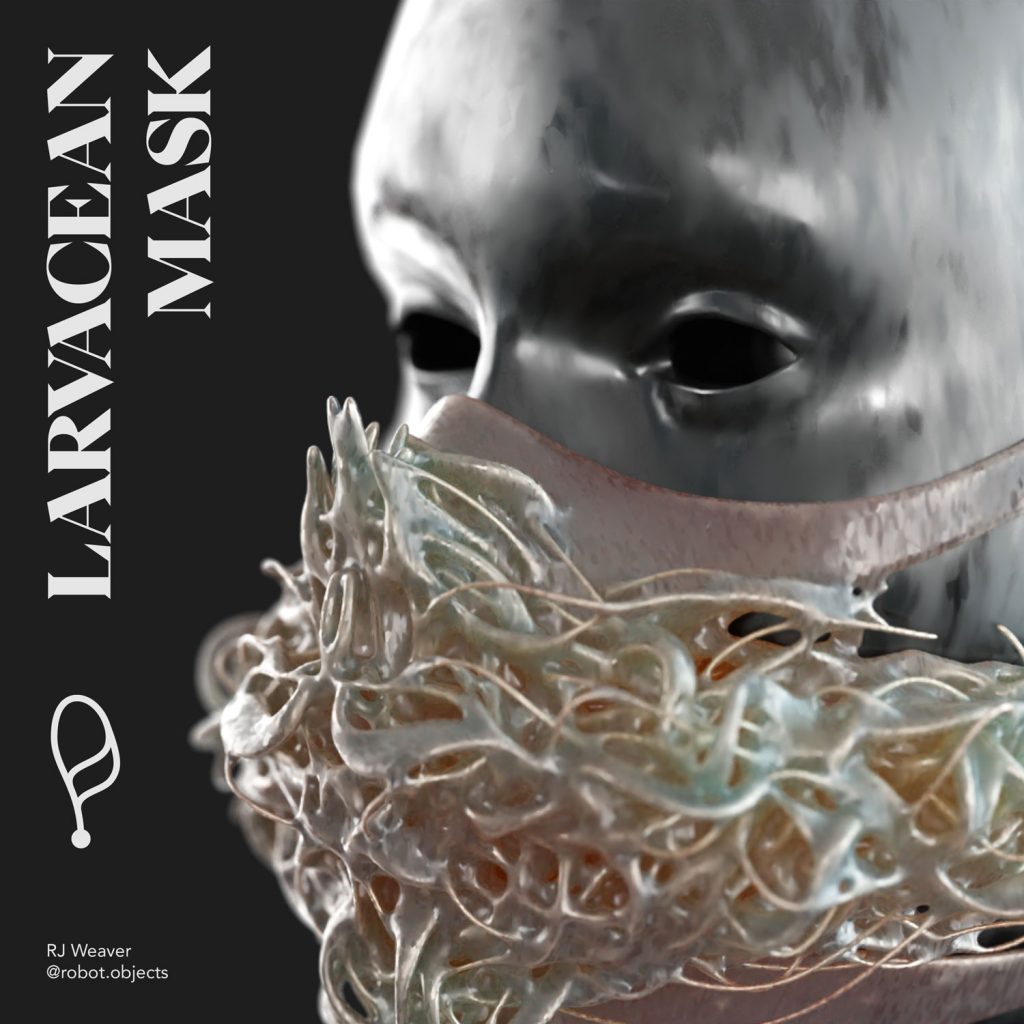
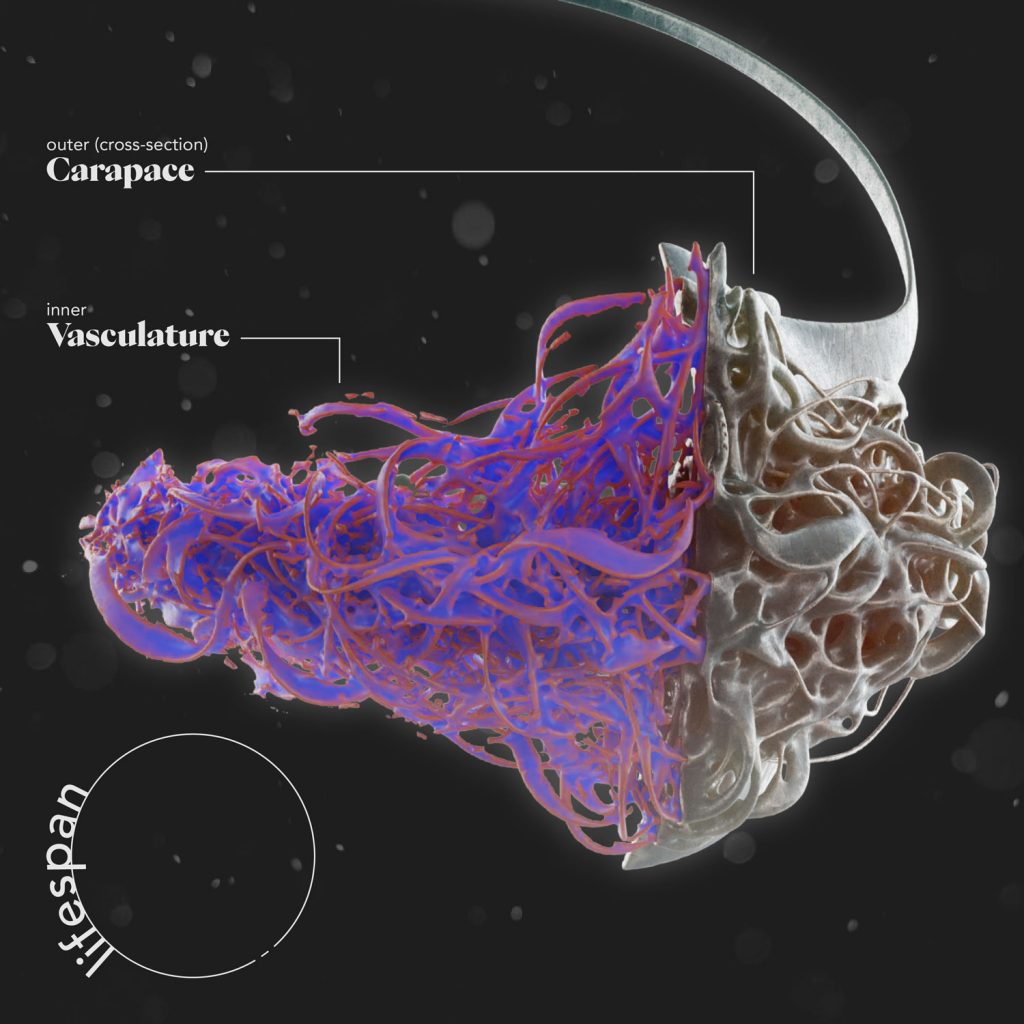
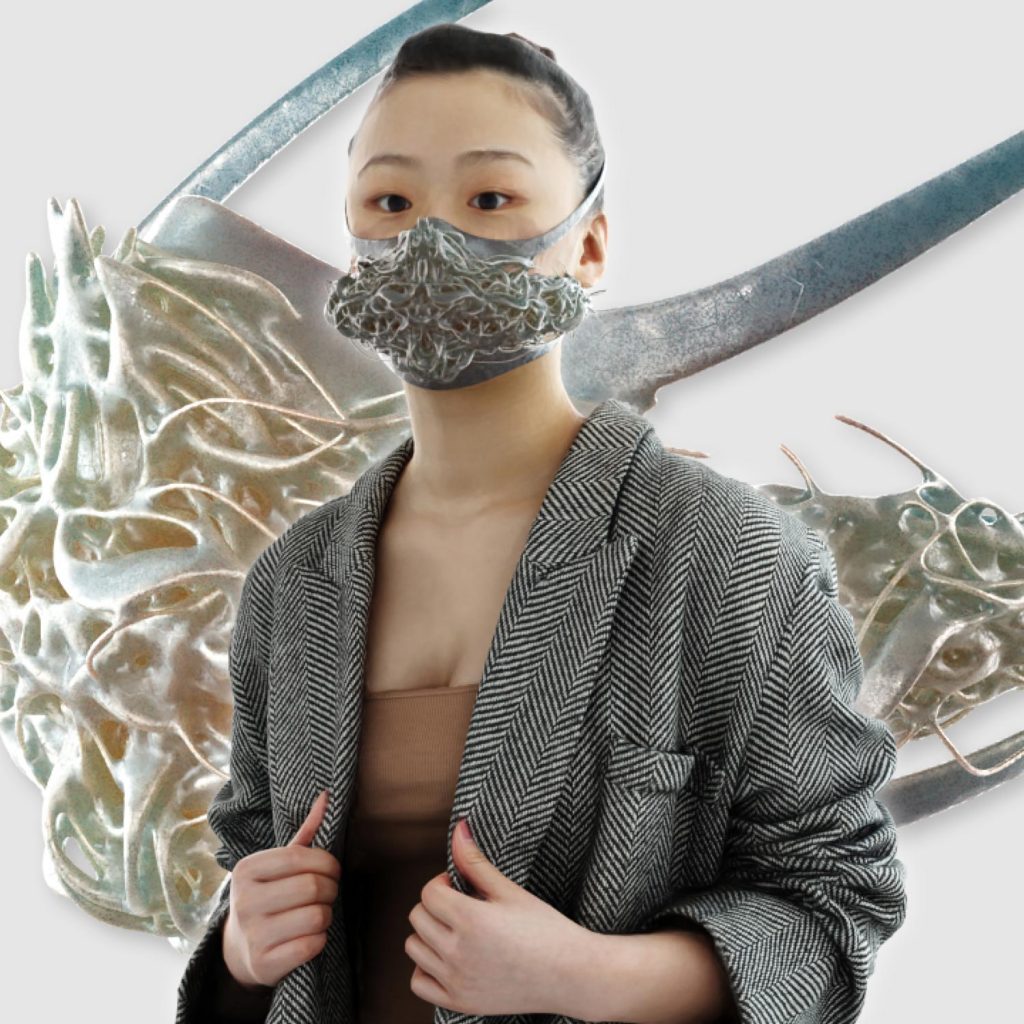
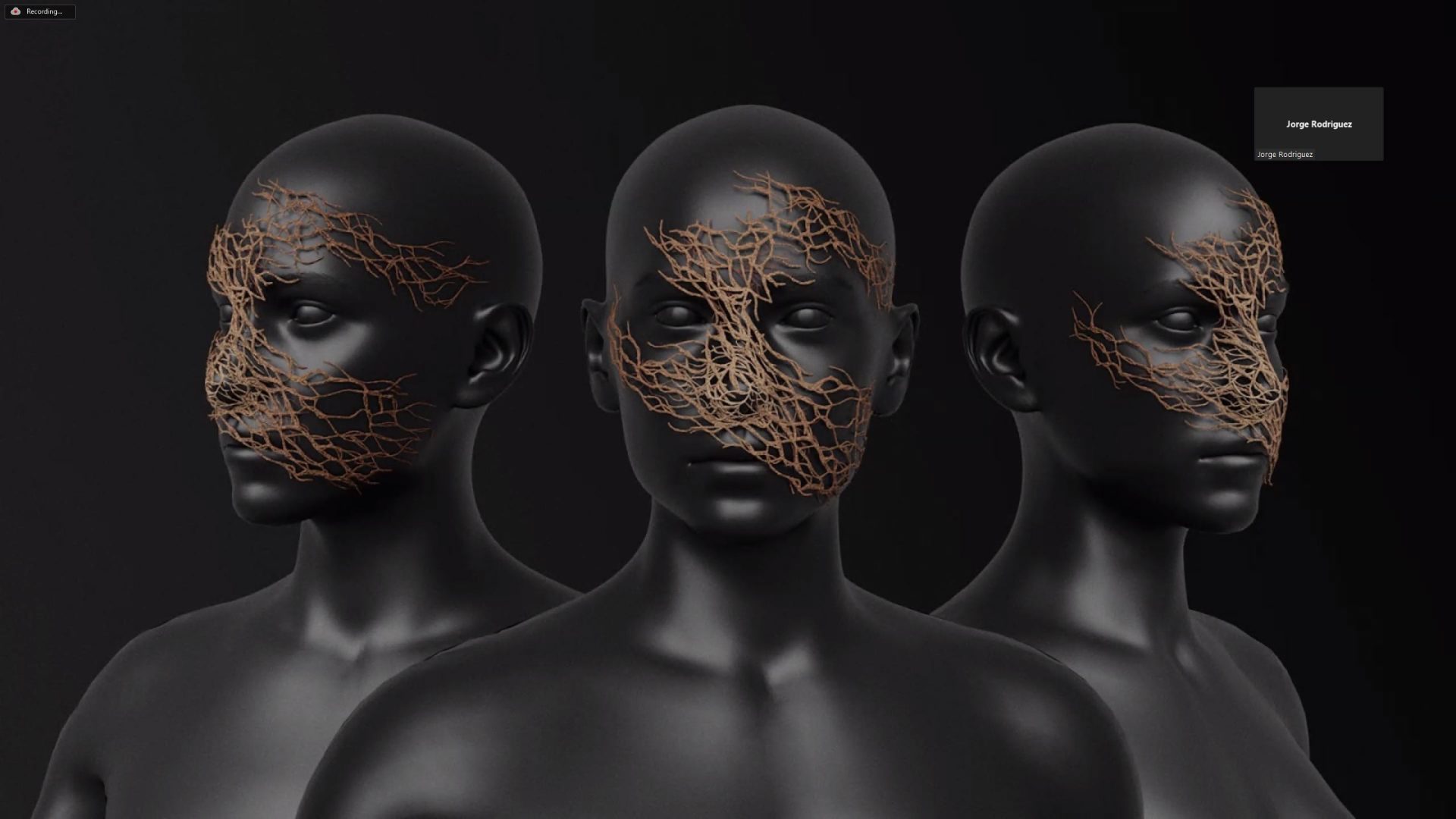

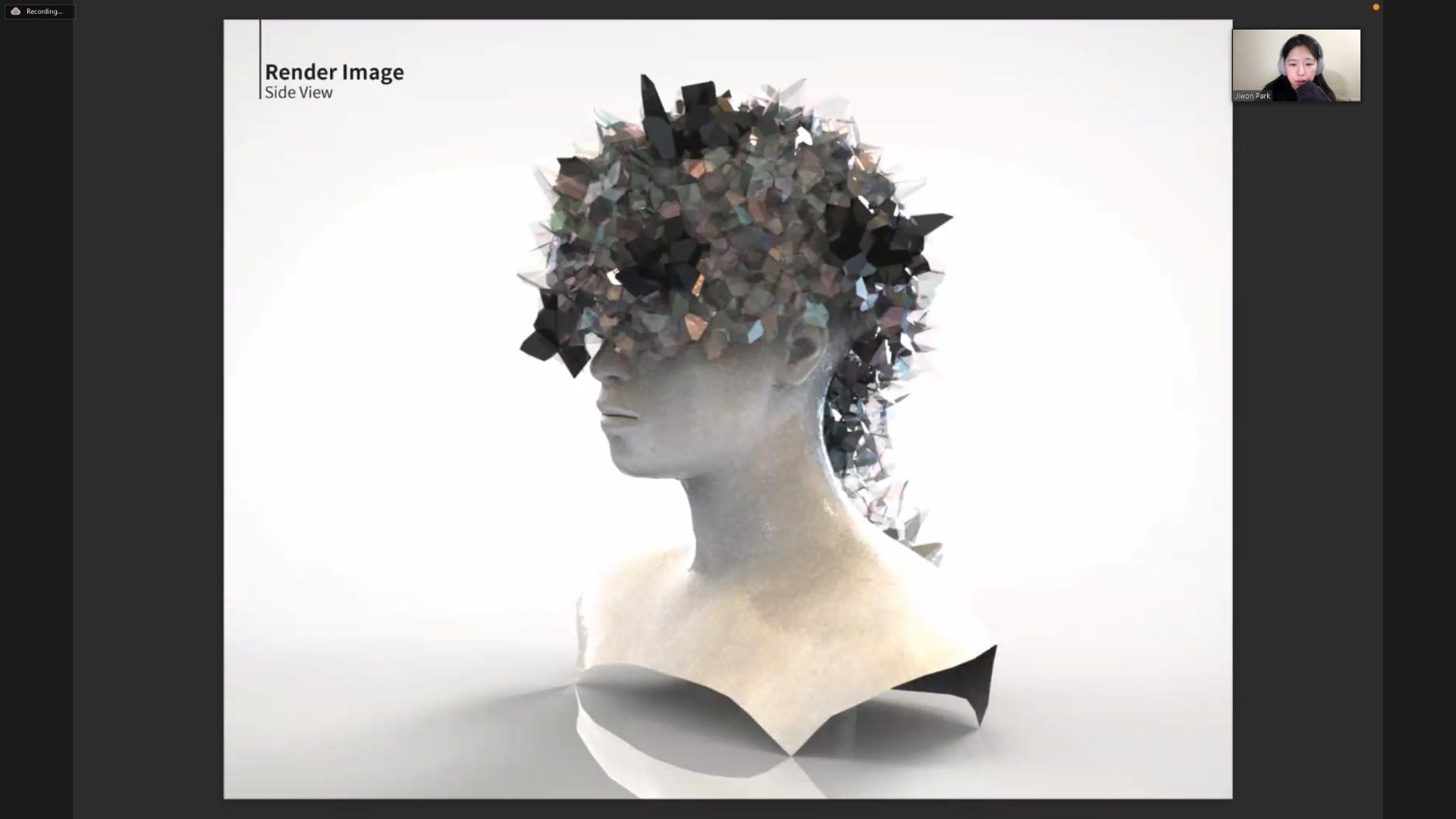
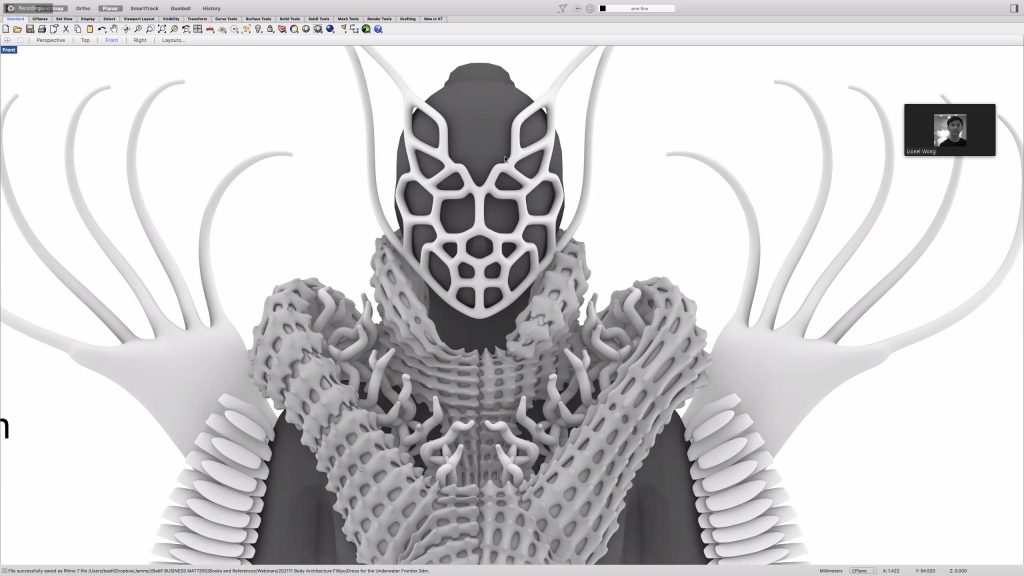
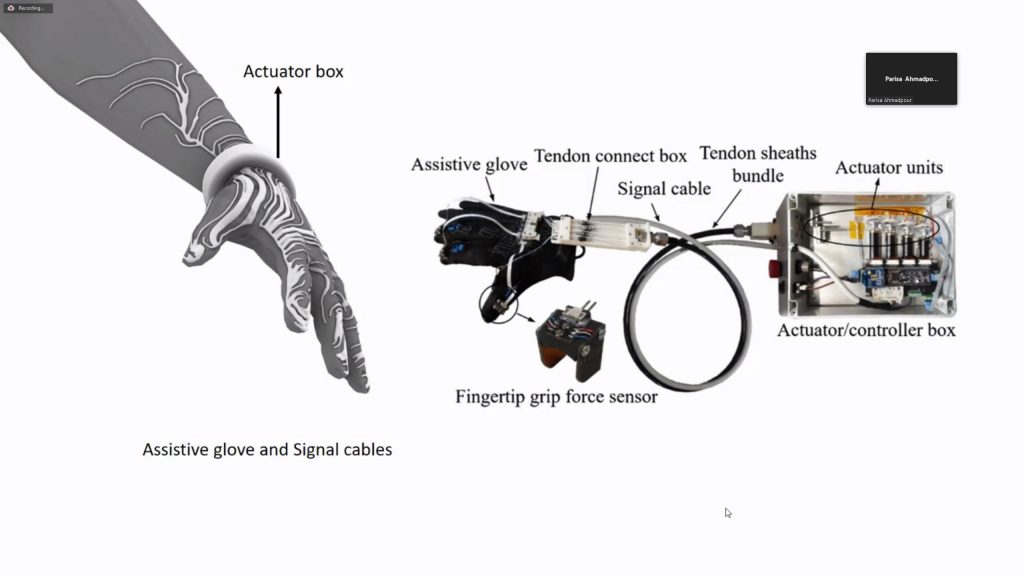
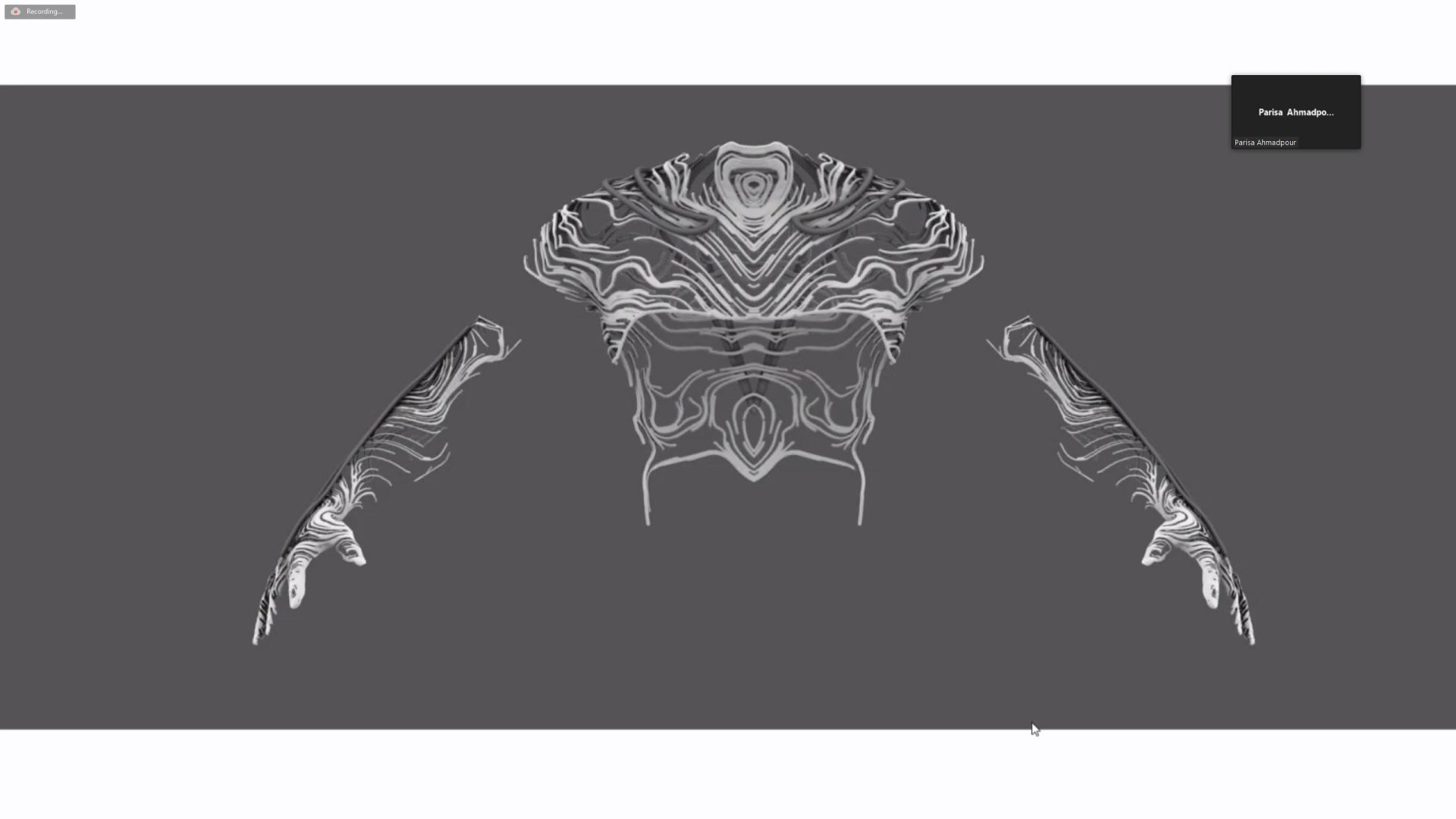















Leave a comment